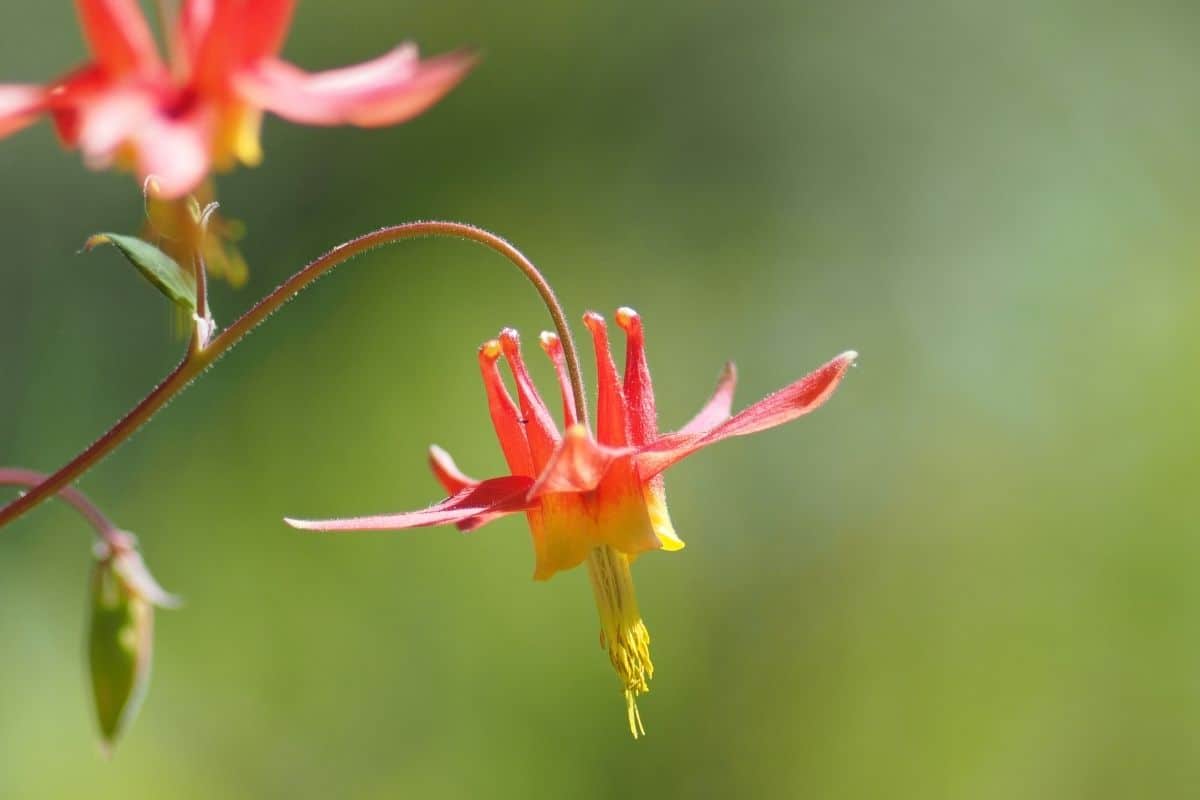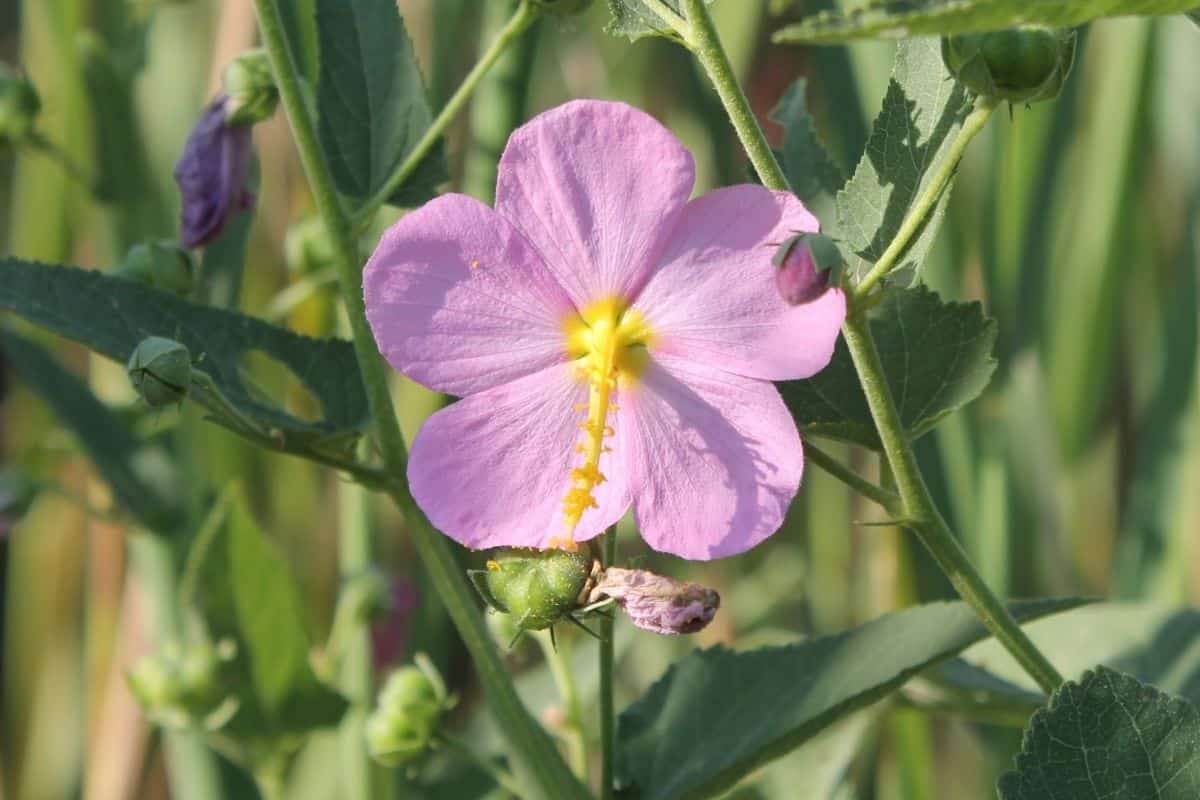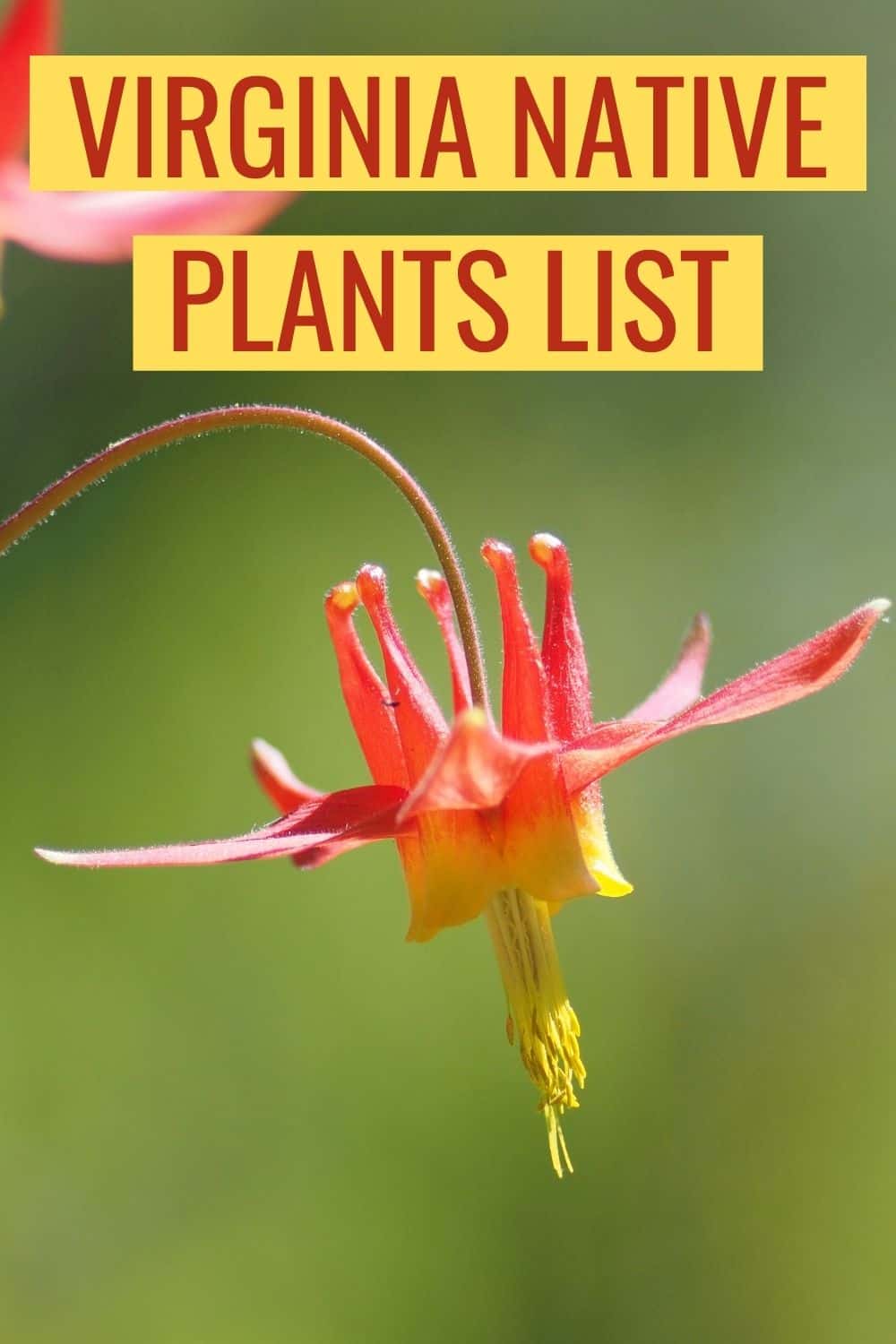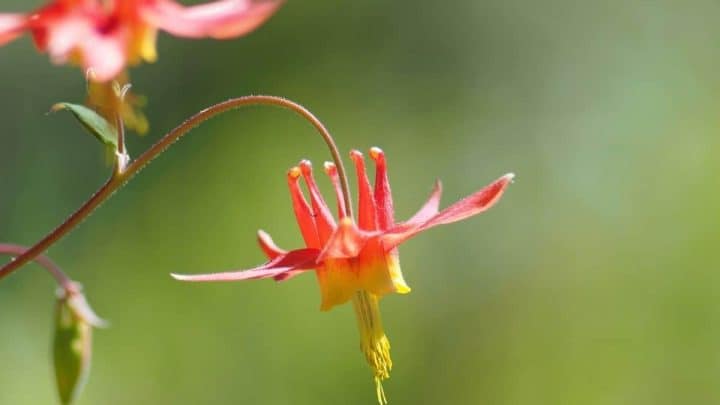Virginia was one of the first original thirteen colonies and this southeastern coastal state is still full of history. The other significant thing about this state is the wonderfully diverse plant life. Geographically, it’s a place where the north meets the south and it also has miles of coastal lands as well as mountains to the West. This makes for a large variety of plant life within the state itself.
We have compiled this Virginia native plants list to help you decide the best plants for your needs. But you don’t have to stop here because there are over 3200 species of flora in the state.

What Is A Native Plant?
Before we get to the plant list, let’s ask a common question. What is a native plant? For a plant to be considered native, it is generally defined as a plant that was here before the arrival of colonizers on the continent. This means the plants that were found in a particular area before they were brought in by man, or more particularly, by European settlers, are considered native.
Virginia has the greatest diversity of native flowering plants compared to its size in the 50 US states, meaning there are more native plants to this state than you can imagine. One reason for this is the very diverse geography of the state.
Virginia Native Plants List
Here are some native plants for you to consider:
1. Wild geranium (Geranium maculatum)
Also called cranesbill, wild geranium grows from ½ foot to 2 feet tall and blooms in white, pink, and purple. They bloom from April to June, and they really thrive in garden environments.
Wild geraniums like dry soil and adaptable, rich, well-drained soil that has an acid-base. The flowers will attract honey bees, bumblebees, and other pollinators.
2. Wild columbine (Aquilegia canadensis)
Wild columbine is a beautiful, showy plant that looks amazing in gardens and landscapes. It grows from 1-2 feet high and blooms the unique red and yellow flowers in March through May.
They like adaptable, rocky, soil. Columbines host more than 12 species of native caterpillars and will attract bumblebees, butterflies, and hummingbirds.
3. Gray beardtongue (Penstemon canescens)
Gray beardtongue grows from ½ to 3 feet tall and blooms in white, pale purple, and pink. They bloom from May to July and like rocky, well-drained soil.
In the wild, they grow in forests, barrens, clearing, and on roadsides. They do great in rock gardens and rocky slopes. The flowers will attract bumblebees, native bees, butterflies, and hummingbirds.
4. Threadleaf coreopsis (Coreopsis verticillate)
Threadleaf coreopsis grows from ½ a foot to three feet tall, blooms yellow and orange in May to June, and likes sandy, rocky, loamy soil that is well-drained and pH acid to moderate.
The flowers will attract native bees and butterflies. Once they are established in your garden, they are drought tolerant.
5. Black-eyed Susan (Rudbeckia hirta)
Black-eyes Susan is an easily recognizable plant that does well in home gardens. The yellow ray flowers and black or brown disc flowers make it resemble a small sunflower. It grows from 1-3 feet tall and blooms from May to July.
6. Butterflyweed (Asclepias tuberosa)
This plant gets its common name from the fact that it attracts many butterflies to your garden. It grows from 1-3 feet tall, like full to partial sun, and blooms in bright orange or sometimes yellow and red colors.
Butterflyweed blooms from May to August. Rocky, well-drained soil is important to the health of this one, but it is drought tolerant once established.
7. Ox eye (Heliopsis helianthoides)
Ox eye is another attractive yellow blooming flower that attracts honeybees, native bees, bumblebees, butterflies, and other pollinators. It grows from 1-5 feet tall, and blooms from May to October.
Oxeye likes full to part sun and moderate water with a loam, clay, or rocky soil. It has a long bloom time and also makes great cut flowers. It will be drought tolerant once it is established.
8. Wild bergamot (Monarda fistulosa)
Wild bergamots grow from 1-4 feet tall, it blooms shades of pale lavender, white, red, and pink. It blooms from June to September and likes rocky, rich, pH moderate soil.
It does best in the middle or back of a garden and in a spot where it gets sufficient sun. It will attract native bees, bumblebees, butterflies, and other pollinators.
9. Swamp milkweed (Asclepias incarnata)
Swamp milkweed is a popular milkweed that grows from 1-5 feet tall, has pink or ruby-colored blooms at the tops of the stalks. It blooms from July to September and likes rich, clay soil.
The flowers smell very fragrant and attract butterflies, honeybees, native bees, and hummingbirds. It’s very low maintenance but you need to be sure it doesn’t dry out in spring.
10. Purple passionflower (Passiflora incarnata)
Purple passionflower is a beautiful perennial that grows up to 25 feet and will sprawl along the ground. It blooms lavender flowers that are very showy, and it makes a great ornamental in your garden.
It likes full sun to part shade and rich, moist, clay or sandy soil.
11. Yellow wild indigo (Baptisia tinctoria)
This native perennial grows from 1-3 feet tall and has yellow pea-like flowers that bloom from May to September. It likes full sun and dry, sandy, acidic soils. This plant is usually wider than it is tall and it looks great in flower beds or other natural landscapes.
The plants tend to open up after they bloom and you can lightly trim or shape the foliage after blooming if needed.
12. White turtlehead (Chelone glabra)
White turtlehead grows from 1-4 feet tall and has white or pink flowers that form in the same of turtleheads, giving it its common name. They bloom from July to September and like full sun to part shade, and light rich, wet to moist soil.
It’s a great nectar source for butterflies and it looks beautiful in your garden.
13. Eastern rose-mallow (Hibiscus moscheutos)
The Eastern rose mallow grows 3-8 feet tall and likes full sun to part shade. The large creamy-white flowers bloom from July to September and it likes full sun to part shade. It prefers wet to moist, alkaline soil and swampy conditions.
The rose mallow is a great source of nectar for hummingbirds as well.
14. Salt marsh mallow (Kosteletzkya pentacarpos)

This beauty is found mostly in coastal areas and is sometimes called seashore marsh mallow. It grows from 1 ½ to 4 ½ feet tall and spreads up to 4 feet in width.
The showy light pink blooms come in June to October, and it likes full sun. Another unique aspect of this flower is that they close at night.
It can take five years to fully mature and it can live for five years. It makes a great flower for late summer and fall colors and attracts butterflies and hummingbirds to your garden.
If you’d like to learn about more native plants in the state, check out the Virginia Native Plant Society, which focused on the education and conservation of native plant life in the state.
Benefits Of Native Plants
What are the benefits of using native plants in your garden?
There are many benefits to choosing native when planting your own garden. For example, natives help you save time and money. They are already adapted to the temperatures, weather, and soil conditions of the area. They are also adapted to the pests and diseases of the area, meaning you don’t need to work so hard to take care of them and you will need little to no pesticides or fertilizer.
Native plants also save water, a precious resource no matter where you are, and can also save you money on water costs if you live in the city.
Virginia native plants list FAQ
Here are some commonly asked questions about native plants in Virginia. If you don’t see your question answered below, feel free to drop a comment at the end of this post and we’ll do our best to answer for you.
Where can I buy native plants?
Your best place to buy native plants is a nursery that specializes in native plants and does not sell invasive species. In addition, you can look for resources through the Virginia Native Plant Society (link above) in order to find great places to purchase native plants and seeds in your area. They have information about native plant sales and native plant nurseries in the state.
What are some native groundcovers in Virginia?
If you’re looking for a good native groundcover, consider common wild ginger, sensitive fern, southern lady fern, common blue violet (for sunnier areas), moss phlox, and common partridge pea. If you’re looking for groundcovers, your best bet is to do some research into which ones do best in your area, since the climate in Virginia can vary greatly in different areas.
What are some invasive non-native plants I should look out for?
There are many non-native, invasive plants in Virginia. Some, to begin with, are Tree of Heaven, autumn olive, white mulberry, Chinese wisteria, common periwinkle vine (here’s how to get rid of the periwinkle vine), multiflora rose, Chinaberry, English ivy (learn how to remove English ivy for good), tall fescue, Russian olive, and Bermuda grass. Take some time to learn about the invasive species common in your area and how to avoid them.

















Tom Muniz
Saturday 13th of May 2023
Do deer eat va native plants?
Adriana
Saturday 13th of May 2023
They eat some but others are safe. Here's a list that will give you more information: https://drive.google.com/open?id=1uaw6MEmmGlj6SrDWEnLKkudeMbrbc100uO70CXWxuSk